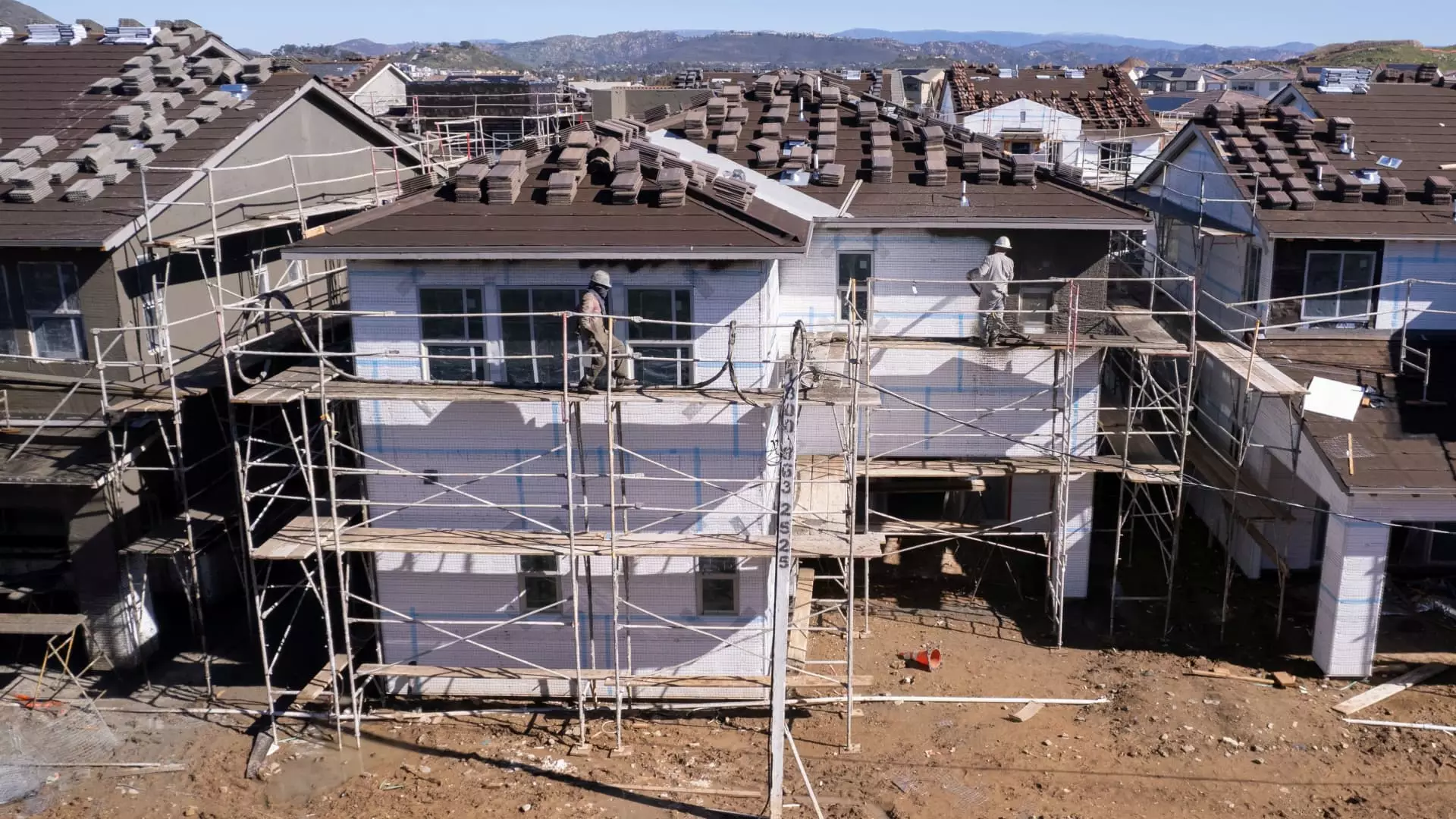Over the past decade, top homebuilders such as D.R. Horton and Lennar have shown impressive returns, outpacing the broader S&P 500 index. However, recent downgrades in their investment outlook have raised concerns among analysts about the industry’s future prospects. Despite this, there are still investors who remain optimistic about the performance of homebuilders in the coming years.
Industry observers point out that the market positions of leading homebuilders have strengthened since the devastating financial crisis of 2007-2008. Stimulus packages in the early 2010s provided these companies with a significant liquidity boost, allowing them to use these resources in various ways. Research suggests that lower levels of competition among homebuilders could be a contributing factor to the current housing shortage in the United States.
The U.S. is facing a significant shortage of housing units, with estimates ranging from 2 million to as high as 20 million. Some experts believe that the long-term shortage is partially due to the slow permit approval process, especially in areas with strict zoning laws. Regions with more lenient regulations and available land, such as Texas, are experiencing higher levels of home sales compared to states like California, where land decisions can take decades.
Impact of Government Policies
Government policies, particularly related to zoning reform, could play a crucial role in shaping the future of residential construction. Vice President Kamala Harris has advocated for relaxing restrictive zoning laws to spur new construction and has set a goal of subsidizing builders to create 3 million new homes by the end of the next presidential term. In contrast, former President Donald Trump has voiced concerns about the Biden administration’s focus on denser housing in suburban areas and criticized the impact of inflation on housing costs.
Recent Trends and Challenges
Permits and the starts of new residential projects have declined from their peak levels in 2021, as rising mortgage rates and home price inflation have made homeownership unattainable for many prospective buyers. The housing market is also influenced by contrasting views on zoning reform, with differing opinions on how to address the housing shortage. These trends and challenges highlight the need for innovative solutions to address the growing demand for housing in the United States.
The future of the homebuilding industry is at a critical juncture, marked by a mix of challenges and opportunities. Despite concerns about the investment outlook for top homebuilders and the ongoing housing shortage, there is a sense of optimism among some investors and industry experts. Government policies, market dynamics, and consumer preferences will all play a role in shaping the trajectory of the industry in the years to come. As stakeholders navigate these complexities, innovative solutions and collaborative efforts will be essential to meet the growing demand for housing and ensure a sustainable future for the homebuilding sector.


Leave a Reply